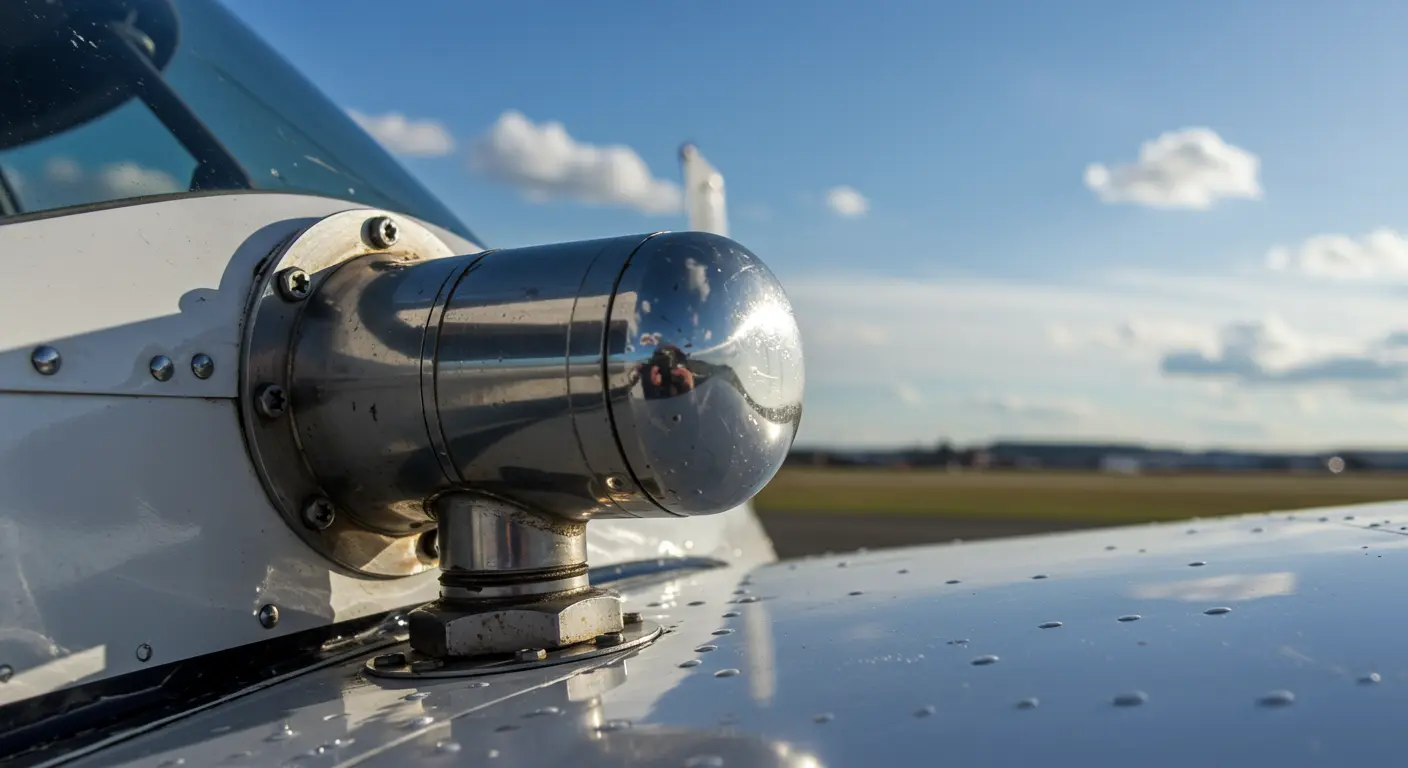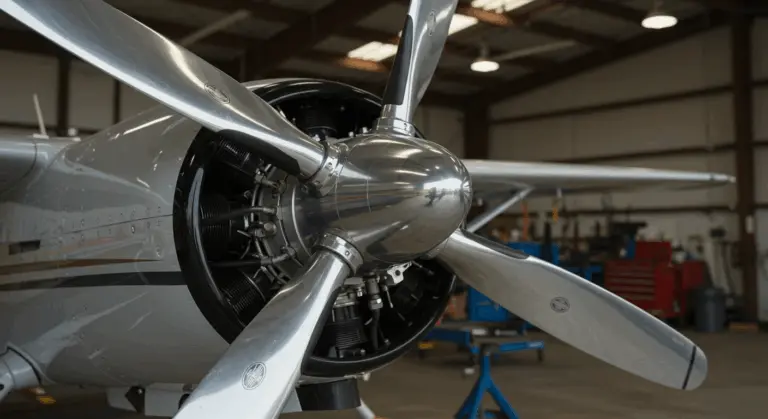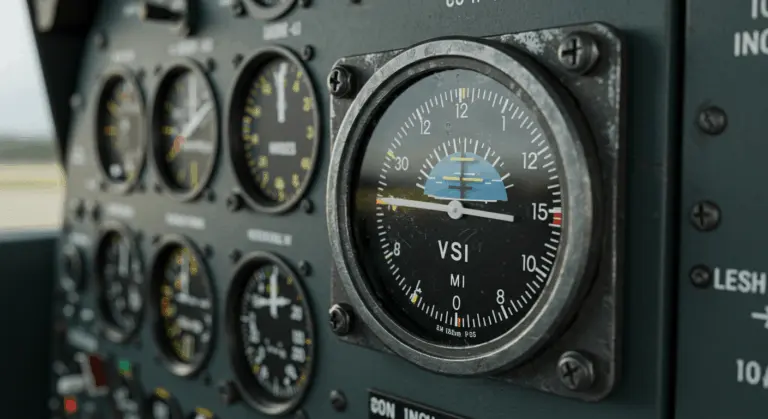Understanding Pitot Static Blockages – Causes and Effects
What is the Pitot-Static System?
The pitot-static system is one of aviation’s most critical components, providing the essential data that keeps aircraft safely aloft. This sophisticated yet elegantly simple system feeds aircraft computers and instruments with three fundamental parameters: airspeed, altitude, and vertical speed. Without these vital signs of flight, pilots would be navigating blind through the three-dimensional world of aviation.
A typical pitot-static system has several key components:
-
Pitot Tubes: Mounted externally to measure the impact pressure of moving air.
-
Static Ports: Positioned to sense ambient air pressure, unaffected by the aircraft’s movement.
-
Alternate Static Source: An emergency backup used if the primary static ports become blocked.
These sensors connect to three primary cockpit instruments:
-
Airspeed Indicator: Displays the aircraft’s speed relative to the air.
-
Altimeter: Shows the aircraft’s altitude above sea level.
-
Vertical Speed Indicator: Indicates the rate of climb or descent.
Causes of Pitot Static Blockages
Pitot-static system blockages can affect any of the three critical openings: the ram air opening in the pitot tube, the moisture drain hole, or the static ports. These obstructions stem from several common culprits that require careful pilot attention.
Ice formation is the system’s greatest threat. When aircraft encounter visible moisture in temperatures hovering near or below freezing, ice can rapidly accumulate on pitot tubes or static port openings. The threat is real and immediate—airflow can be restricted or completely choked off within minutes.
Insects are another common problem, particularly during ground operations or extended parking periods. These small creatures can build nests or become trapped in the narrow confines of pitot tubes and static ports. Dirt, dust, and debris pose similar risks, especially when operating from unpaved strips or in harsh, dusty environments.
Moisture ingestion compounds the problem, particularly when drain holes fall victim to obstruction. Then there’s the human element—simple oversights like forgetting to remove protective covers before flight can completely paralyze the system.
Effects of Blockages on Flight Instruments
When blockages infiltrate the pitot-static system, they cause dangerous instrument errors that can compromise flight safety. The severity and nature of these effects depend on which component is blocked and whether the obstruction is partial or complete.
A blocked pitot tube directly affects the airspeed indicator. Complete blockage? The indicator may stubbornly read zero, regardless of the aircraft’s true velocity through the air.
Static port blockages affect all three primary flight instruments:
-
Altimeter: Freezes, displaying a constant altitude.
-
Vertical Speed Indicator: Remains at zero, showing no climb or descent.
-
Airspeed Indicator: Reads lower during a climb and higher during a descent.
The cascading failure of these instruments can severely impact a pilot’s situational awareness and ability to maintain controlled flight. This makes pitot-static blockages some of the most dangerous system failures that can occur in flight.
Identifying Pitot Static Blockages
Swift recognition of pitot-static blockages can mean the difference between a manageable emergency and a catastrophic outcome. These blockages provide pilots with incorrect and dangerous information.
Instrument cross-checking is the pilot’s best defense against these errors. By combining readings from multiple instruments and correlating them with the aircraft’s known performance characteristics and attitude, inconsistencies become apparent.
Preventing Pitot Static Blockages
Prevention relies on several key practices:
-
Preflight Inspections: Before each flight, check pitot tubes and static ports for obstructions and ensure all protective covers are removed.
-
Pitot Heat: Proactively activate pitot heat before entering visible moisture in near-freezing temperatures.
-
Regular Maintenance: Adhere to scheduled system inspections and tests to ensure integrity and accuracy.
-
Protective Covers: Use brightly-colored covers when parked to prevent contamination and ensure their removal is on a preflight checklist.
Using an Alternate Static Source
When static ports become blocked, the alternate static source becomes a critical backup. This backup system provides an alternative pathway for static pressure to reach the instruments, and mastering its use can make the difference between a manageable situation and an emergency.
Most instrument-rated aircraft feature an alternate static source, typically activated through a cockpit toggle switch or valve. When engaged, this backup system draws static pressure from within the aircraft cabin or another protected location, bypassing the compromised external static ports entirely.
Because cabin pressure is typically lower than outside static pressure, using the alternate source causes predictable instrument errors:
-
The altimeter will indicate a slightly higher altitude.
-
The airspeed indicator will show a slightly higher airspeed.
-
The vertical speed indicator may show a slight climb in level flight.
Aircraft flight manuals provide calibration charts or correction factors to help pilots compensate for these instrument variations when operating on alternate static. In extreme emergencies where alternate static sources prove unavailable or equally compromised, pilots of unpressurized aircraft may resort to a dramatic last measure: deliberately breaking the glass of a less critical instrument, typically the vertical speed indicator.
Conclusion: Importance of Awareness and Maintenance
The pitot-static system, though simple in design, has the important responsibility of providing pilots with flight’s most fundamental data. When this system becomes blocked, they can cause dangerous instrument failures with serious consequences—particularly during instrument flight conditions when visual references vanish into clouds or darkness.
Understanding how pitot-static blockages develop, recognizing their dangerous effects on flight instruments, and identifying the warning signs of their presence is fundamental pilot knowledge. Yet awareness alone isn’t enough.
When prevention strategies fall short, pilots must be prepared to detect pitot-static blockages swiftly and respond with precision. This demands fluency in activating alternate static sources, understanding the resulting instrument corrections, and maintaining aircraft control using reliable data from uncompromised systems.
Aviation’s history includes several tragic accidents traced directly to pitot-static blockages, reminding us of this system’s critical importance. These accidents show that even in our era of sophisticated avionics and automated systems, the humble pitot-static instruments remain absolutely vital to flight safety.
With proper training, vigilant maintenance, and profound respect for aircraft system vulnerabilities, pilots can transform pitot-static blockages from potential disasters into manageable challenges. This commitment is a cornerstone of the safety culture that defines professional aviation—and keeps us all flying safely home.







